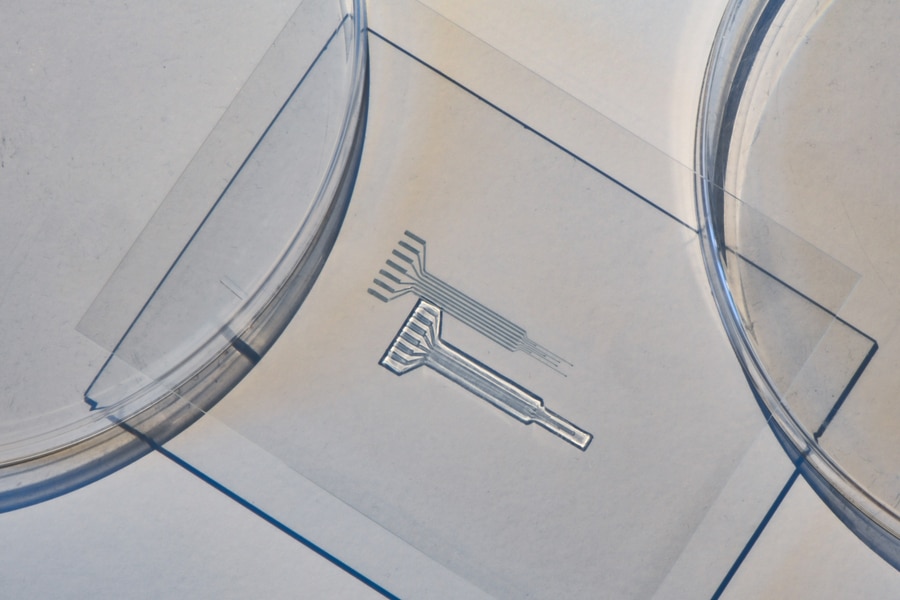A new Jell-O-like material could replace metals as electrical interfaces in pacemakers, cochlear implants, and other electronic implants.

Searching for “electronic implants” reveals a range of devices like pacemakers, cochlear implants, etc., typically including electrodes. The electrodes stimulate muscles and nerves. Since the electrodes are rigid metals, their long-term use can lead to tissue complications.
MIT engineers have created a metal-free, gelatinous substance that shares biological tissue’s softness and resilience while exhibiting electrical conductivity similar to traditional metals. The new polymer hydrogel material could replace metal electrodes, resembling biological tissue.
A true challenge
The researchers have used conductive polymers to create metal-free electrodes for bioelectronic implants. The researchers aimed for a flexible, biocompatible, electrically conductive gel by combining conductive polymer and hydrogel. However, previous attempts resulted in either weak and brittle materials or poor electrical performance. The true challenge lies in creating a conductive, stretchy, durable material. This hurdle prevented the successful development of fully gel-based devices using conductive polymers.
Electric spaghetti
The team discovered a recipe to blend conductive polymers and hydrogels, improving both ingredients’ electrical and mechanical properties. Mixing conductive polymers and hydrogels have created randomly dispersed polymer particle gels. The group discovered that to maintain each ingredient’s electrical and mechanical properties. A slight repulsion was necessary through phase separation. This allowed the ingredients to form long, microscopic strands while remaining mixed together. The researchers adjusted the recipe and converted the gel into ink. They used a 3D printer to print the ink onto pure hydrogel films, creating patterns resembling traditional metal electrodes. The researchers implanted printed, gel-like electrodes on rats’ hearts, sciatic nerves, and spinal cords. Over two months, they observed stable performance with minimal inflammation or scarring. The electrodes successfully transmitted electrical pulses and stimulated motor activity in muscles and limbs.
The team aims to improve the material’s durability and functionality. Once achieved, the gel could serve as a soft electrical interface for long-term implants like pacemakers and deep-brain stimulators, facilitating organ connections.








